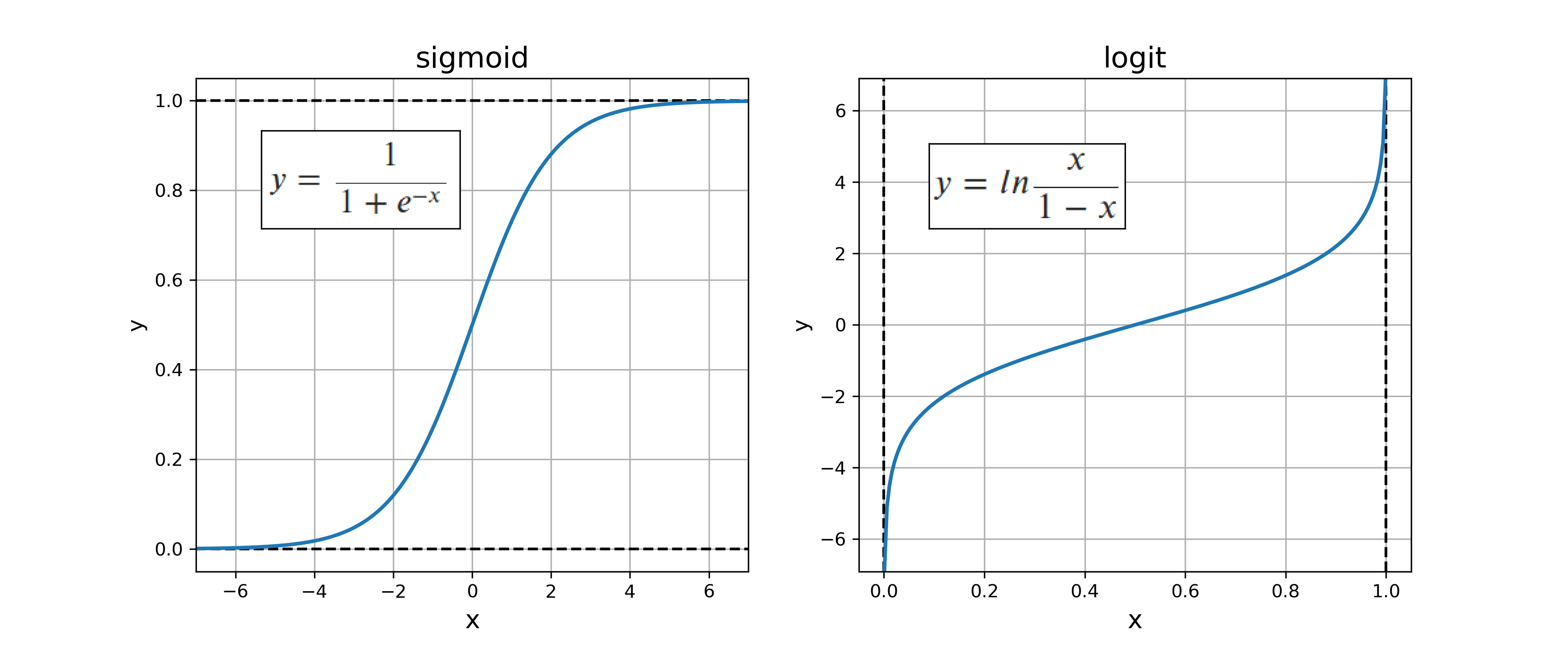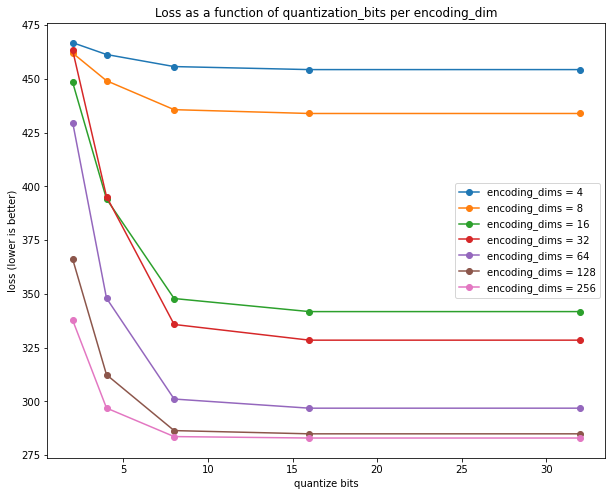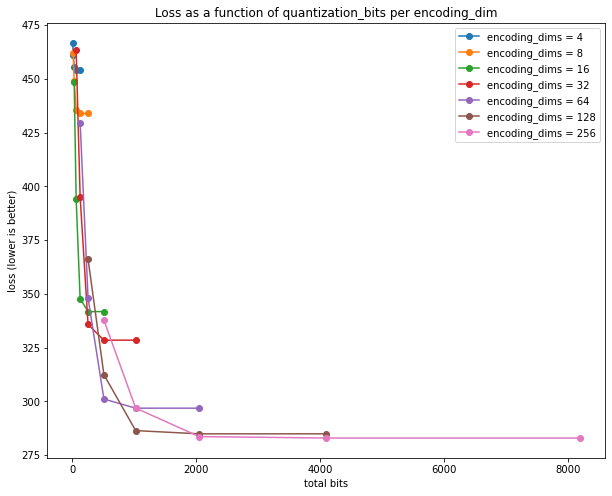Investigating information storage in quantized Autoencoders with Pytorch and MNIST
Marton Trencseni - Sun 04 April 2021 - Machine Learning
Introduction
In this experiment I wanted to understand the compression ratio of Autoencoders: how much information (how many bits) does an Autoencoder encode in the encoding dimensions? Let's say an autoencoder is able to encode a 28x28 grayscale MNIST image (28x28x8 bits = 6272 bits) in a 32 dimensional encoding space with acceptable reconstruction loss. What is the compression ratio? With a CUDA/GPU, those 32 dimensions are actually 32 float32's, so it's 32x32 = 1024 bits, which corresponds to 6.1x (lossy) compression. But are all those 1024 bits really needed? Intuitively the entire float32 space is probably not used. A related question is, what is the "right" number of encoding dimensions to pick for Autoencoders?
Experiment setup
To answer these questions, I took a simple Autoencoder neural network with a Linear+ReLu encoder and a Linear+Sigmoid decoder layer. Since I will want to quantize the bits between the encoder and a decoder, I use the sigmoid() function to get the encoder's output to be between 0 and 1, and then the inverse, the logit() function before feeding back to the decoder.

Code
The code is a straightforward Autoencoder neural network implemented in Pytorch, with some additional transformations in the forward() function to implement quantization. The arrows mark the departure from a vanilla Autoencoder:
class Autoencoder(nn.Module):
def __init__(self, encoding_dims):
super(Autoencoder,self).__init__()
self.encoder = nn.Sequential(
nn.Flatten(),
nn.Linear(img_dims*img_dims, encoding_dims),
nn.ReLU(),
)
self.decoder = nn.Sequential(
nn.Linear(encoding_dims, img_dims*img_dims),
nn.Unflatten(1, (1, img_dims, img_dims)),
nn.Sigmoid(),
)
def forward(self, x, quantize_bits=None):
x = self.encoder(x)
x = torch.sigmoid(x) <--- sigmoid
if quantize_bits is not None: <--- if not training
x = round_bits(x, quantize_bits) <--- .. then quantize the encoding
x = torch.logit(x, eps=0.001) <--- logit = inverse sigmoid
x = self.decoder(x)
return x
The function round_bits() quantizes the input number to 2**quantize_bits levels between 0 and 1:
def round_bits(x, quantize_bits):
mul = 2**quantize_bits
x = x * mul
x = torch.floor(x)
x = x / mul
return x
The main training loop trains the Autoencoder for different encoding_dims, and then tests the reconstruction loss for various values of quantize_bits:
for encoding_dims in [4, 8, 16, 32, 64, 128, 256]:
# train
autoencoder = Autoencoder(encoding_dims=encoding_dims).to(device)
distance = nn.BCELoss()
optimizer = torch.optim.Adam(autoencoder.parameters(), lr=0.001)
num_epochs = 50
for epoch in range(num_epochs):
for imgs, _ in autoencoder_train_dataloader:
imgs = Variable(imgs).to(device)
output = autoencoder(imgs)
loss = distance(output, imgs)
optimizer.zero_grad()
loss.backward()
optimizer.step()
# test
distance = nn.MSELoss()
for quantize_bits in [2, 4, 8, 16, 32]:
loss = 0
for imgs, _ in autoencoder_train_dataloader:
imgs = Variable(imgs).to(device)
with torch.no_grad():
output = autoencoder(imgs, quantize_bits=quantize_bits)
loss += distance(output, imgs)
Results
The results can be plotted to show the loss per encoding_dims, per quantize_bits:

The plot shows that:
- each
float32in the encoding stores around 8 bits of useful information (out of 32), since all of the curves flatten out after 8 bits - 128 dimensions is the maximum required, since the next jump to 256 yield no significant decrease in loss
- overall, based on these curves,
encodim_dims = 64andquantize_bits = 8appears to be a good trade-off (total_bits = 64*8 = 512 bits)
Alternatively we can plot total_bits = encoding_dims * quantize_bits on the x-axis:

This re-affirms that 512 bits --- which corresponds to 12x (lossy) compression --- is a good trade-off, or 1024 bits for 10% less loss. Loss does not decrease significantly after 1024 bits, that appears to be best the Autoencoder can accomplish. For reference, the entire MNIST training dataset, uncompressed is 28*28*8 * 60*1000 / 8 = 47,040,000 bytes. After gzip compression, the file size is 9,912,422 bytes, for a lossless compression ratio of 4.7x.
In the next post, I will explore what we lose with the Autoencoder's lossy compression in terms of recognizability of the digits.